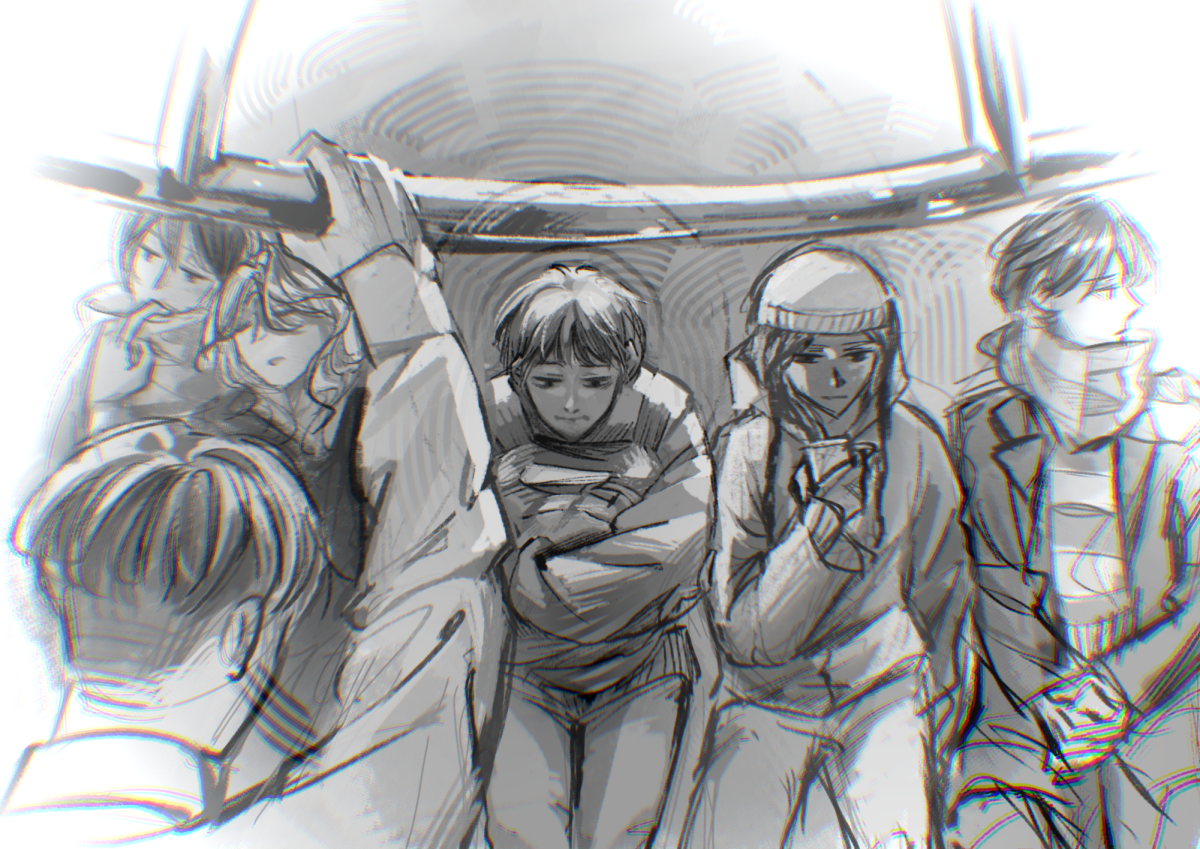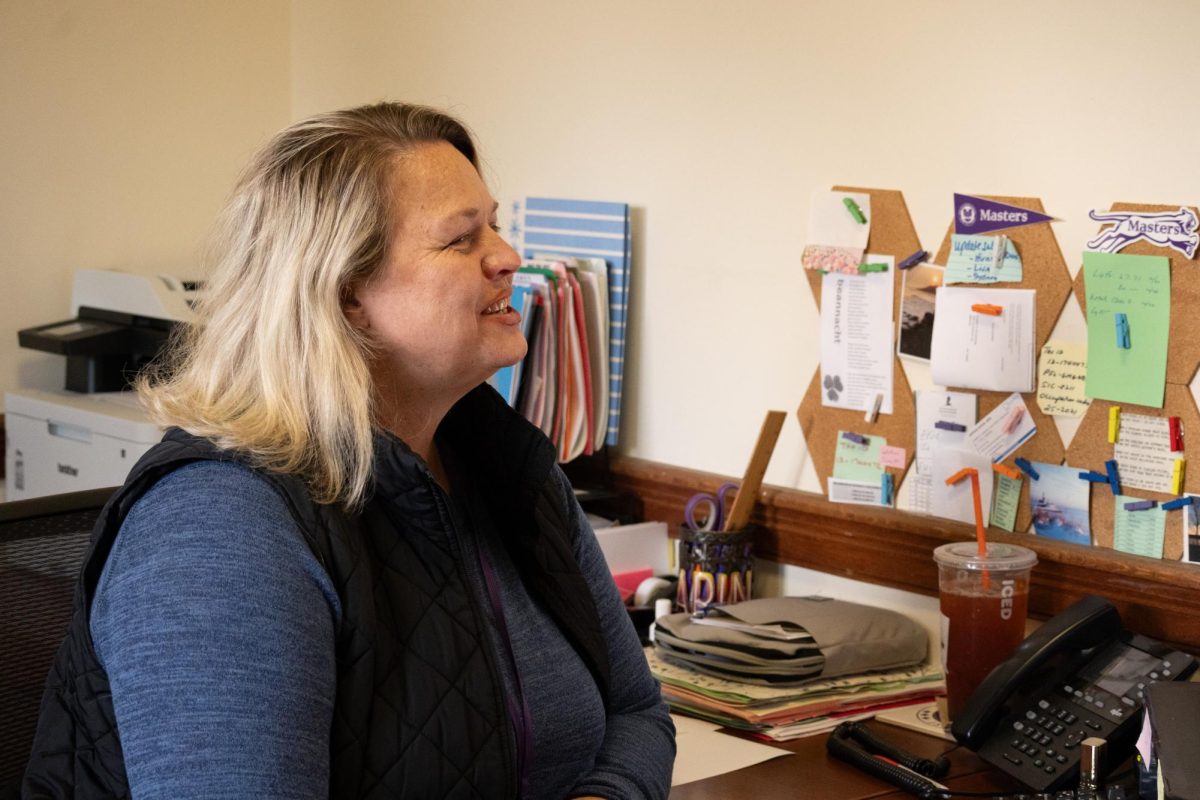As you were scrolling through TikTok one day this December, you may have come across the horrible news that a lady had been burnt alive on the New York subway. This incident went viral online, and in the weeks following, it seemed that more instances of violence on the subway appeared online, including stabbings and people getting pushed on the tracks.
In truth, the subway has never been the dangerous jungle that people have perceived it as. According to Nate Silver, a statistician who analyzes elections and politics, the likelihood of being murdered on the subway in a given year is roughly the same as being struck by lightning.
Many students regularly commute to and from the city — often taking the subway to reach Metro-North stations and then the train to school, whether for daily classes or school-sanctioned trips — but how do they view the safety of their own trip on the subway or Metro-North?
While violence in New York City, especially the subway, is not new, has it really gotten worse recently? The short answer is no. According to the NYPD crime statistics, transit crime at the end of last year was down 8.7% compared to the year before. However, many riders feel as if transit safety has gone down, but why?
Junior Lorelei Gary takes the Metro-North train to and from school every day. She said, “Sometimes if you’re taking the train late, it’s really sketchy.”
Usually, she commutes with many other classmates, which is assuring, since there is more danger to commuting alone. “If I’m going home later than six, my mom actually doesn’t let me take it alone,” she said.
Gary views the recent media attention on train violence as a by-product of the COVID-19 social distancing customs. She recounts the train being far more crowded during her commute in the sixth grade, pre-COVID. During COVID itself, there were many fewer people taking public transportation. According to the official New York MTA data, the number of estimated riders during late 2020 ranged from ten to forty thousand while the most recent data from 2025 estimates the number of riders from seventy thousand to two hundred thousand.
She said, “During COVID, no one was on the train, so the crime stopped because there was no one to commit the crimes.” She believes that now, after COVID, people are still not used to sharing space like before.
There is also a difference in experience between people on the subway and Metro-North. Sophomore Dara Akinwande, a boarder who lives in the city and frequently takes the subway, said, “There’s always crazy and homeless people going around taking advantage of people.”
The subway has always had a problem with mentally ill homeless people living in the stations and the trains. In response to surveys where riders stated they would use the subways more if there were fewer people behaving erratically, teams of police officers were formed to move mentally ill homeless individuals, by force if necessary.
The removed typically voluntarily went to shelters or were admitted to hospitals, and some were sent to the hospital against their will for psychiatric help. It is important to note that being mentally ill is not a crime and these teams were sent with the intention to help people get the medical treatment they need.
While some commuters feel uneasy about their experiences on the subway, recent data suggests a different trend. In 2024, the subway system saw a continuing decrease in major crime, with a drop of 5.4% from 2,337 incidents in 2023 to 2,211 incidents, which is an extremely low rate out of 2024’s record number of one billion rides.
Similarly, according to an NYPD MTA report, the Metro-North Railroad showed a decrease in major felonies by 23.5% in March 2024 compared to 2023, with 166 in 2024 compared to 217 in 2023, but Akinwande claims it “absolutely does not” feel like that. She further explained that different train lines have different crime rates, but on the one she took the most, the Number Two Train Line, she believes crime has stayed the same.
Additionally, more police officers have been put onto the lines and Governor Kathy Hochul has recently announced on Jan. 16 every train will have two officers onboard from 9:00 p.m. to 5:00 a.m.
Akinwande said, “I feel like they’re just there to kind of scare people, or break up fights, but they don’t actually prevent actual crime from happening.”
Spanish teacher Roberto Mercedes takes the subway and Metro North every day to and from school. He reports that he has never experienced or seen violence on the subway at all. However, he stated that his mother often worries about his safety after seeing the news.
He said, “When I arrive home, my mom is there sometimes and she is watching the Hispanic news. She says, ‘Oh my god! Be careful! People are pushing other people off the tracks.’”
Mercedes said that his friends also often warn him of danger on the train, but when he asks them if they saw anything, they usually say they heard something on the news or online.
Despite the official statistics reporting very low crime rates and a further decline recently, the popular perception is very different. This is due to high-profile cases of crime that cause an idea that crime is much more frequent than actuality. Officials even say that the increase in law enforcement is to align the perception of transit crime with real life.
Mayor Eric Adams, during a press conference in March 2024, said, “Stats don’t matter if people don’t believe they are in a safe environment.”








